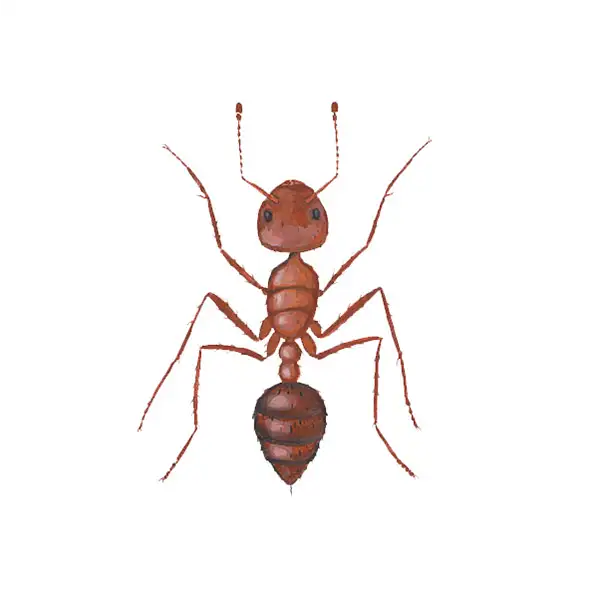
Fire Ants in Kailua Kona
Fire ants derive their name from their excruciating sting and bite, capable of inflicting repeated attacks on their victim by a single ant. These ants construct mounds, and when these are disturbed, workers ascend to the surface to retaliate against the intruder. Fire ant assaults are orchestrated, with hundreds of workers delivering stings simultaneously. They consume a broad range of plant and animal matter, including other insects. Moreover, fire ants exhibit an attraction to electricity, posing a threat to various electrical equipment, such as AC units, water well gear, and outdoor lighting, thereby elevating fire risks.
Fire Ant Habitat
Thriving in moist environments, fire ants establish nests close to rivers, well-watered lawns, and potted plants. Their mounds, serving as regulators of colony temperature and moisture, double as above-ground nurseries, offering optimal conditions. These undisturbed mounds are commonly found in sunny, open landscapes like pastures, parks, lawns, and fields. As omnivores, fire ants consume both plant and animal matter. In their relentless quest for food, they aggressively infiltrate homes via cracks, crevices, and openings under doors, windows, or walls.
Fire Ant Behaviors, Threats, or Dangers
The severe sting inflicted by fire ants poses a significant danger to both humans and pets. Unlike most venomous ants that bite and then discharge acid into the wound, fire ants bite and subsequently employ their stinger, situated on their abdomen. While the burning sensation typically subsides within minutes for most individuals, hive-like bumps emerge at the sting site within 30 minutes, followed by pimple-like formations containing yellow fluid within 24 hours. Extensive colonies have the potential to cause harm to plants, lawns, and outdoor electrical fixtures.Due to the serious threat posed to people and their pets, if a mound is located, it is best to leave it alone and contact a professional ant exterminator.
Need help with Fire Ant control?
Need Pest Control Service?
Leave your information below and we’ll be in touch with a FREE quote!
"*" indicates required fields
*During normal business hours. After hours calls will be returned the next business day.


![White footed ant on a white background. Ant removal services with [placeholder-comapny] in Kailua Kona](https://konacoastpestcontrol.com/wp-content/uploads/white-footed-ant-350x262.webp)

